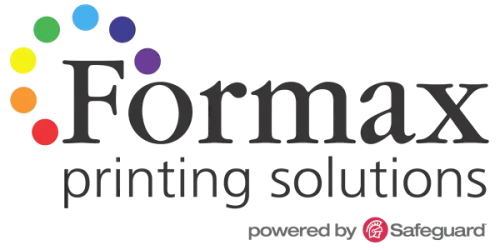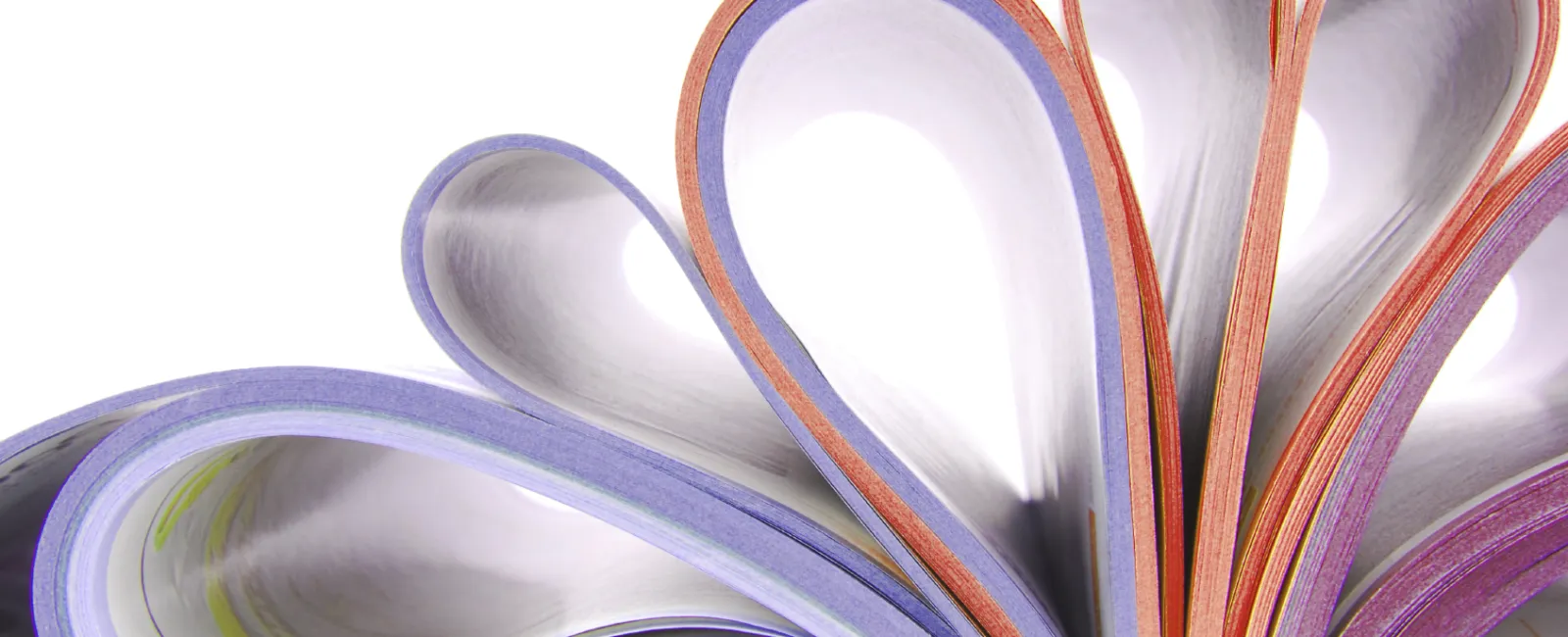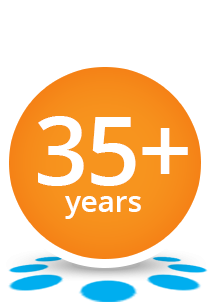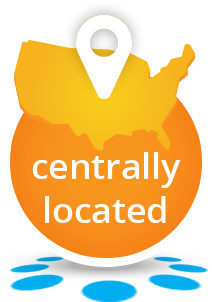Understanding the Basics of Duplex Printing
Efficiency and sustainability are key. One method that combines both is duplex printing.
Duplex printing, also known as double-sided printing, is a feature found in many modern printers. It allows for printing on both sides of a sheet of paper, reducing paper usage and cost.
But what exactly is duplex printing? How does it work, and what are its benefits?
In this guide, we will dive into the basics of duplex printing. We aim to provide a comprehensive understanding of this eco-friendly and cost-effective printing method.
Whether you're an office manager, a student, or a home user, this guide will help you understand and implement duplex printing in your daily life.
Join us as we explore the world of duplex printing, its process, benefits, setup, and much more.
What is Duplex Printing?
Duplex printing is a feature that allows for printing on both sides of a sheet of paper. This method is also commonly referred to as double-sided printing.
The term "duplex" comes from Latin, meaning "double" or "twofold". In the context of printing, it refers to the ability of a printer to print on both sides of a paper sheet.
Duplex printing can be done in two ways:
- Automatic duplexing
- Manual duplexing
Automatic duplexing is a feature in many modern printers. These printers are equipped with built-in mechanisms that automatically flip the paper to print on both sides.
On the other hand, manual duplexing requires user intervention. After one side of the paper is printed, the user must reinsert the paper into the printer to print on the other side.
The Duplex Printing Process
The process of duplex printing varies depending on whether it's automatic or manual.
In automatic duplexing, the printer pulls a sheet of paper from the tray and prints on one side. The printer then pulls the paper back in, flips it over, and prints on the other side.
This process is seamless and requires no user intervention. It's a convenient feature for large print jobs or for users who frequently print double-sided documents.
However, not all printers support automatic duplexing. In such cases, manual duplexing is the alternative.
Automatic vs. Manual Duplex Printing
Automatic and manual duplexing each have their pros and cons.
Automatic duplexing is convenient and time-saving. It's ideal for large print jobs and for users who frequently need to print double-sided documents. However, printers with this feature can be more expensive.
Manual duplexing, on the other hand, is more time-consuming. It requires the user to manually flip and reinsert the paper after one side has been printed. However, it's a viable option for users with printers that do not support automatic duplexing.
Regardless of the method, duplex printing is a valuable feature that can save paper, reduce costs, and contribute to sustainability efforts.
Benefits of Duplex Printing
Duplex printing offers several benefits, making it a popular choice for many users.
One of the main advantages is its eco-friendliness. By printing on both sides of the paper, duplex printing reduces paper usage by up to 50%. This not only saves trees but also contributes to sustainability efforts.
Another benefit is cost-effectiveness. Using less paper means spending less money on paper supplies. This can result in significant savings, especially for businesses and institutions that print large volumes of documents.
Duplex printing also improves document management. Double-sided documents take up less space, reducing clutter and making storage and filing easier.
Finally, duplex printing can contribute to a professional appearance of documents. Reports, essays, and booklets printed on both sides look more polished and are easier to handle and read.
Eco-Friendly and Cost-Effective
Duplex printing is a simple yet effective way to reduce paper usage and save money.
By printing on both sides of the paper, you can cut your paper usage in half. This is a significant reduction, especially for businesses and institutions that print large volumes of documents.
Reducing paper usage not only saves trees but also contributes to sustainability efforts. It's a small step that can have a big impact on the environment.
Moreover, using less paper means spending less money on paper supplies. This can result in significant savings, especially in the long run.
Improved Document Management
Duplex printing can also improve document management.
Double-sided documents take up less space than single-sided ones. This can reduce clutter and make storage and filing easier.
For businesses and institutions, this can lead to more efficient document management. It can also make it easier to find and retrieve documents when needed.
Moreover, documents printed on both sides look more polished and professional. They are also easier to handle and read, especially for lengthy reports and essays.
Considerations for Duplex Printing
While duplex printing is a useful feature, there are a few things to consider.
First, not all documents are suitable for duplex printing. For example, documents with heavy ink coverage may bleed through the paper.
Second, duplex printing can be more time-consuming than single-sided printing. This is because the printer has to print on one side of the paper, flip it over, and then print on the other side.
Finally, duplex printing can be more complex with graphics-heavy documents. This is because the layout and orientation of the graphics need to be carefully considered.
Paper Type and Quality
The type and quality of paper you use can affect the results of duplex printing.
Thicker paper is generally better for duplex printing as it reduces the risk of ink bleeding through. However, it can also be more challenging to print on and may cause paper jams.
Document Design and Layout
The design and layout of your document can also affect the results of duplex printing.
For example, you need to consider the orientation of the paper (portrait or landscape) and adjust the margins and layout accordingly. This will ensure that your document is printed correctly on both sides.
Conclusion: Embracing Duplex Printing in Daily Use
Duplex printing is a valuable feature that can save resources and improve document management. It's worth exploring and understanding its benefits and how to use it effectively.
Remember, the key to successful duplex printing is to use the right paper, adjust settings correctly, and always preview your documents. Embrace duplex printing and make your printing process more efficient and eco-friendly. Do you have an upcoming project where duplex printing could be beneficial? Reach out to us at 866.938.3757 or submit our form and we would be happy to help.
Take Care,
Rick





